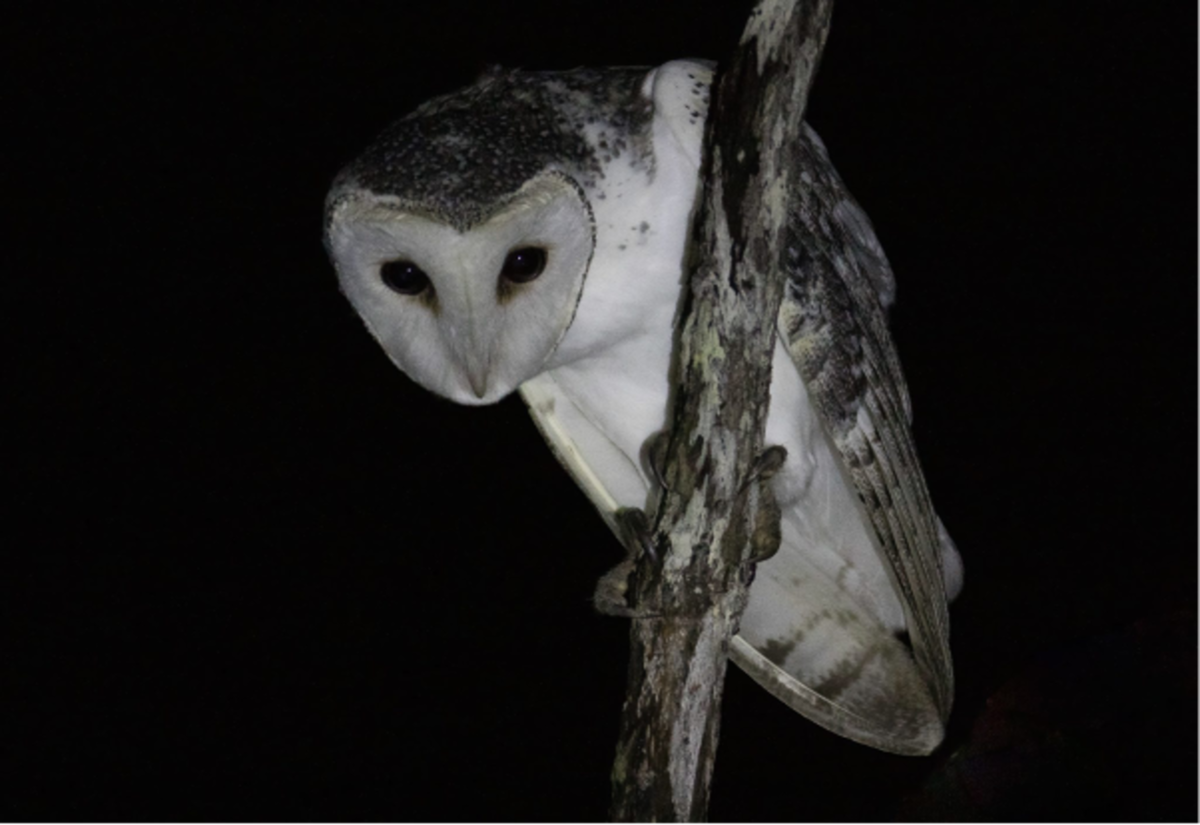Could one plague be the answer to another?
Laura Williams
04 September 2021, 11:00 PM
 A masked owl captured by Birdlife Australia during their mission to identify the behaviours of owls across the country
A masked owl captured by Birdlife Australia during their mission to identify the behaviours of owls across the countryThe mice plague that has overtaken the region has left destruction in its wake, but it may also be feeding the solution, with local owl populations on the rise.
Following an influx of owls being spotted around the Western Plains, Project Officer at Birdlife Australia Dr Beth Mott says that mice are likely the cause.
“Some species can change the way they breed in response to the amount of prey that’s available. When millions of mice are running around on the ground, owls will breed in response to that huge food bank,” says Dr Mott.
While any influx of species warrants concern following months of mice trapping, Dr Mott is confident that owls are a species to encourage, and perhaps assist the region with its ongoing mice issues.
“They’re like a biological control for pest species.”
It isn’t the first time owls have been hailed as the saviour of pests, with many macadamia farmers in the hunter region erecting owl boxes to attract owls and encourage them to eat the pest species attacking the crops.
While baiting on a large scale has offered a reprieve for some farmers as they look forward to this season’s harvest, Dr Mott has warned that baiting could in fact bring harm to an alternative solution.
“The poison ingested by pest species has an impact on our predator species as well, as the poison travels up the food chain it can have pretty detrimental effects of some of our bird life,” says Dr Mott.
Instead, she offers that owls could be a more organic alternative solution, and perhaps a future preventative.
“There’s definitely an option to modify the way that we manage our land…they might provide natural control that stop these sorts of outbreaks coming on board as time goes on.”
Despite providing an attractive potential solution to the suffering of the plague, Australia is only home to ten species of owl, seven of which are threatened.
To better understand the patterns and behaviours of Australian owls, researchers have launched the Hoot Detective project, allowing anyone to access thousands of recordings of night-time animal sounds.
The project involves listening to recordings from various locations across the Australian landscape, mapping owl populations across the country through identifying their sounds.
“It’s an opportunity for the public to really get on board and help us understand where owls are in the landscape, and provides a great opportunity for those of us that are locked down to get away from our little bubbles, you can jump on board and look at these amazing images and all the noises that have been recorded from all over Australia,” says Dr Mott.
Efforts to identify and monitor local wildlife are increasing, with the Birds in Backyard survey running throughout Spring. The survey members of the community to log the birds they spot in their local area.
Extending beyond owls, the results contribute to on-ground conservation work being undertaken to improve habitat for birdlife in the region and gaining a better understanding of their behaviour.
With harvest coming and summer looming, a likely flare up of the mice plague has brought a sense of dread hanging over local communities. Perhaps a better understanding of the wildlife that surrounds us could be the answer the region has been waiting for.